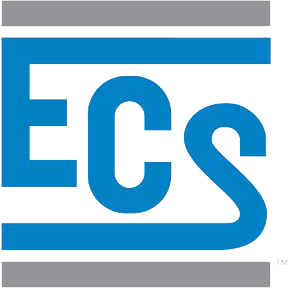Supreme Court rulings in 2001 and 2006 resulted in a muddy definition of regulated “Waters of the United States” (WOUS). This recent rulemaking is designed to clarify that definition. Some highlights of specific interest to the development community include:
- The rule establishes quantifiable distances and locations that qualify some waters as categorically jurisdictional (e.g. within 100 feet of a WOUS with an ordinary high water mark, within a100-year floodplain, etc.);
- Certain currently regulated ditches believed to have a physical or biological impact on downstream WOUS will be excluded from federal regulation under the new rule. The volume of water flow within the ditch, whether it is excavated within a regulated water, drains a wetland, or channelizes/relocates a stream are all considered in whether the ditch is excluded from regulation. Generally, the new rule expands the types of ditches that will likely escape federal regulation.
- All erosional features (gullies, rills, and ephemeral features without a defined bed and bank and an ordinary high water mark), will now be excluded from federal regulation. This may prove beneficial to land developers and contractors by limiting the assertion of jurisdiction using only visual indicators of surface water flow;
- Engineered stormwater control structures constructed in upland (non-wetland) areas will be exempt. With the expanded requirements for onsite stormwater controls and Best Management Practices (BMPs) to meet stormwater management regulations, this exclusion is intended to provide greater certainty for the development community.
The rule will go into effect 60 days after being published in the Federal Register; however, multiple industry groups and members of Congress have called for its revision or removal. Critics argue the rule goes too far in regulating waters, while others don’t think the rule goes far enough. Pending legal challenges may shape the version that will be published. Whatever happens, the development and construction industries are watching this issue closely.
If you have questions or would like more information about this subject, please contact ECS Principal Environmental Manager Adam Meurer.
Like What You’ve Read? Subscribe to our Blog (click here) ![]()

